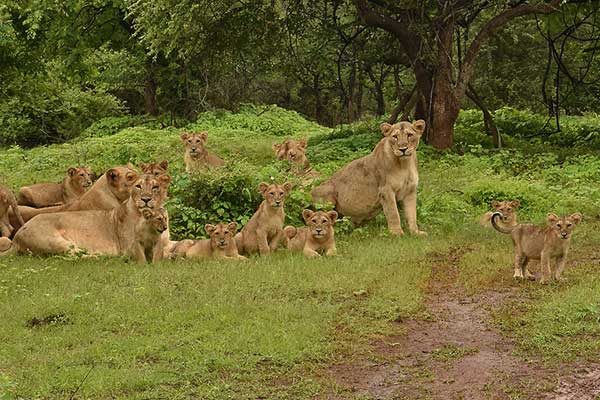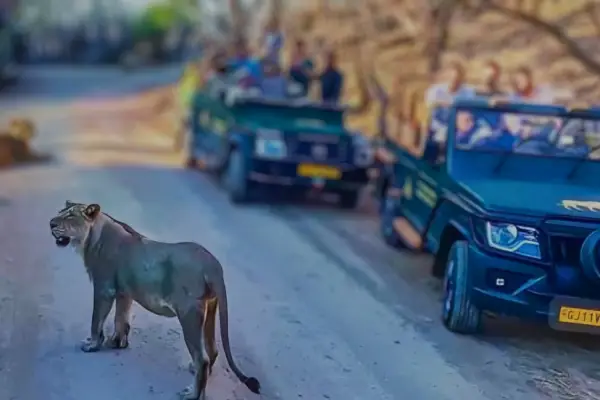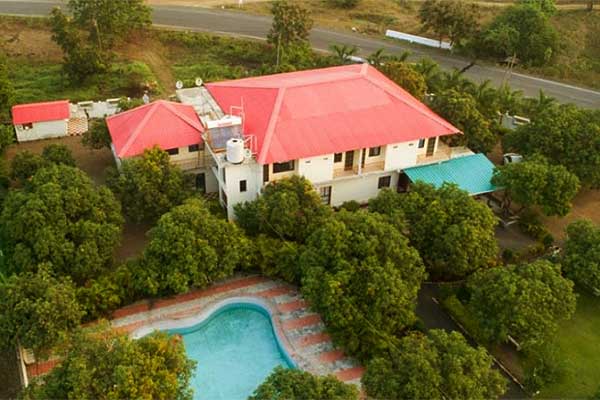Gir National Park is the sole habitat of the endangered Asiatic lion outside of Africa, and it was established on September 18, 1965. Covering 1413 square kilometers in the Saurastra region of Gujarat in the westernmost part of India, the park was created with the primary objective of protecting the endangered Asiatic lion population. However, it has evolved into a sanctuary for thousands of aerial and terrestrial animals. The park boasts over 606 plant species, 36 mammal species, more than 2000 insect genera, and around 300 bird varieties. In a world facing rapidly declining ecological stability, Gir National Park stands as a prime example of a well-balanced ecosystem. The varied and lush plant life in the region plays a crucial role in preserving ecological equilibrium, leading to a temperate climate. Gir is a vital sanctuary for a multitude of wildlife, playing a significant role in their conservation efforts. Witness the majestic lions in their natural environment at Gir, and create lasting memories of endangered species that may not be seen by future generations.
According to the April 2010 census, there are approximately 411 lions in the park. Since its inception, the lion breeding program has successfully produced approximately 188 lions in captivity, including the entire area. This wildlife reserve is made up of three adjacent reserves: Rann-of-Kutch, which is well-known for its flamingo island, Indian wild ass, and Nalsarovar Lake, which is home to a large number of water birds. When the three reserves work together, the animal richness of the area is increased, drawing thousands of visitors from all over the world.
The sanctuary is located in the Gujarat peninsula, which is in southwest India. The region is rugged, has low hills, and is home to a variety of deciduous trees. There are many rivers, steep rocky slopes, deepest ravines, and large grassland areas scattered throughout the untamed terrain. Asiatic Lions, a bird sanctuary with over two hundred kinds of birds, the Temple of TulsiShyam, and a crocodile breeding facility next to Sasan are the area's main attractions. Crocodiles, pygmy woodpeckers, chitals, leopards, and several other creatures bring this location to life.






